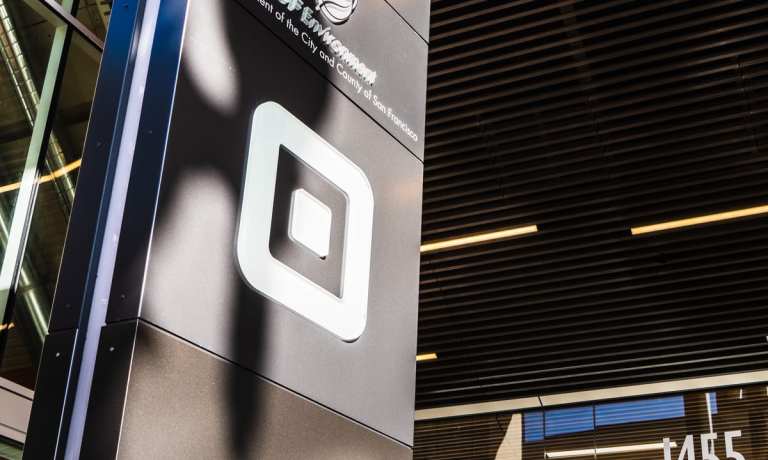
Square has launched Square Banking, a financial products suite designed to help small business owners manage their cash flow, according to a Tuesday (July 20) announcement.
“Historically, small businesses have had to contend with numerous hurdles while trying to access vital financial services that are often readily available to larger companies,” Square Banking Head of Product Christina Riechers said in the announcement.
“With Square Banking, we’ve reimagined the financial system for small business owners with their cash flow needs at the center. We’re introducing fair, accessible financial services that connect directly with our sellers’ payments, helping them unlock instant access to their sales, automate their savings, and receive personalized financing offerings.”
Square Banking is made up of three main products to help small business owners with their cash-flow headaches.
The first two are a pair of new deposit accounts, Square Savings and Square Checking, joined by Square’s existing lending tool, which has been renamed Square Loans.
Square Savings are FDIC-insured accounts that offer a 0.5 percent annual percentage yield, and have no minimum deposits, account fees or balance requirements.
The Square Checking account, meanwhile, lets sellers spend their funds using Square’s debit card, and send and receive money via ACH, and pay their workers with Square Payroll.
PYMNTS first reported on Square’s goal of expanding its financial services back in May, when the plans were first hinted at in lines of embedded code in an update to Square’s app for Apple devices. Square also launched its Financial Services product in March.
Square’s launch of Square Banking comes less than a week after the company’s purchase of Crew, a frontline employee platform that works to consolidate and streamline workplace operations. Square has said it wants to use Crew’s services to scale labor management tools and meet the needs of larger sellers.
The company also recently announced a new version of its point-of-sale terminal, with more tap-to-pay compatibility. The original POS terminal, launched in 2013, required an external device to accept phone payment and tap-to-pay cards.